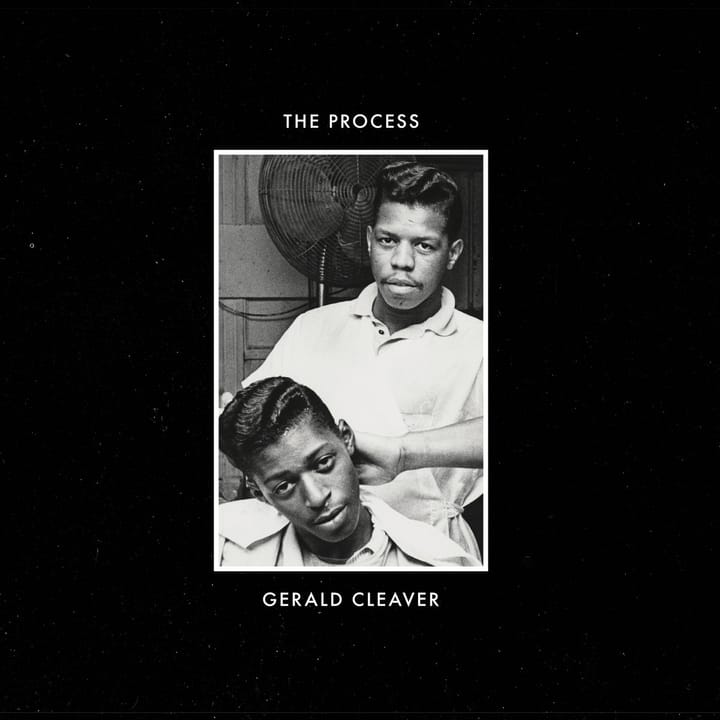Review: Asha Sheshadri – Whiplash
Transit, industrial music, ceaseless updates to understanding.

RELEASED ON RECITAL.
One recurrent presence on Whiplash is lounge piano. It lingers at the back of “Stimulus Progression”, during which Sheshadri recounts the story of Charles Miles Brindley’s 1951 thesis on the impact of music on workers in industrial plants. With apt flatness she describes the objective of Brindley’s paper, its developing scope over time, and the role played by Brindley’s wife in its completion, including how she “steadfastly refused to appear bored when he insisted on reading to her from the paper at great length”. The piano rolls bonelessly between pleasant chords, and at times the piece resembles those sleep stories designed to lull the mind into slumber via tedium and the arbitrary.
Just as muzak lubricates social exchange and (theoretically) facilitates productivity, Sheshadri's use of "background music" appeals to the softer edge of consciousness (the half-awake, the bored, the at-ease) as opposed to the stiff inspections of rationality. In this state of slackened awareness, we attempt to locate a singular meaning that unifies the disparate outpourings of the mind: voice notes recorded on planes, chopped-up collages of single words and sentences estranged from source literature, whose various fidelities and ambiences speak to their capture at various times and places. Paradoxically, music designed to be drained of meaning becomes the very facilitator of semantic connections, of sense-making. Whiplash guides the scramble of sources into coherence, quietly encouraging the mind toward the identification of an overarching theme. Yet just as Sheshadri begins to describe the limitations of muzak in an industrial context (“do not expect music to make workers content with a plant that is filthy, or is ankle-deep in water, or foul-smelling…”), one notices that the piano has vanished and that an electronic squeal has reared up in its place. Perhaps the pieces will never fit together cleanly. On “Irreplaceable” she recounts an artist statement, albeit with the key details obfuscated by blasts of static. “My current art practice relies primarily on the plundering and interpretation of the *NOISE* in order to represent *NOISE*...in order to address issues surrounding the politics of *NOISE* my recent interests include *NOISE*…”. The voice cuts in and out between the beeps of monitoring equipment and slurps of ambience in reverse. The centre feels impenetrable, if it exists at all.
On “A Holding Pattern” Sheshadri is on a plane, held aloft by plumes of smeared violins. She leaves a voice note to an unknown recipient, remarking on the discovery of a batch of photographs on a hard drive. “I could write an entirely different letter about the gravity of a photograph”, she says, and I swear I detect an eyeroll here. New information changes everything. Long-held memories become fallible, old stories start to quiver with contradiction. The structure has to be built all over again. Sheshadri is often in transit – on a plane, in a train carriage – seldom at rest, continually meeting the blurred rush of the new, forced to overhaul her version of events. Appropriately, the record ends with a her dictating “the completely revised and updated edition of places that I have found quiet and peace”: centres of reduced stimuli, or pauses in the flux of comprehension, where thoughts and memories are momentarily immune to revision. “Teele Square,” she notes, before quickly caveating, “but I’m not sure that’s quite the case anymore”. Even sites of stillness are prone to change.



